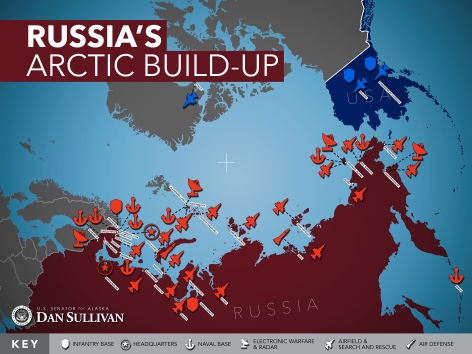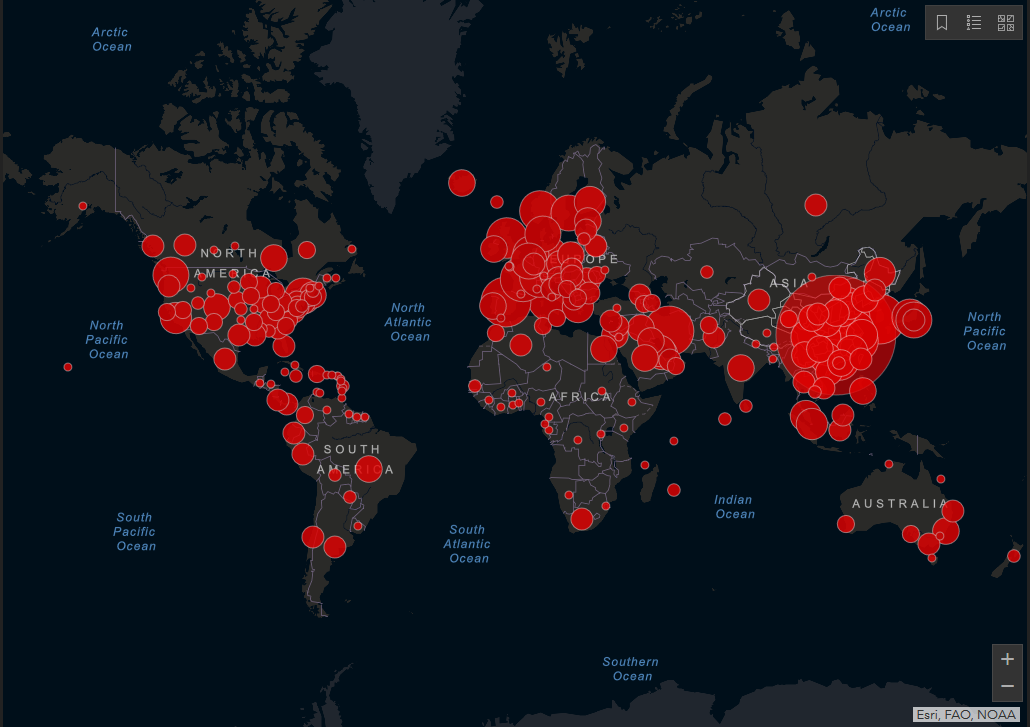> Since 2007 alleged Soviet agent Henry (“Bor”) Kissinger and ex-KGB chief Yevgeny Primakov have co-chaired a secretive committee that is committed to promoting US-Russian relations in an amicable atmosphere, but in reality is designed to bring about the disarmament of the USA in the face of Soviet aggression, nuclear blackmail, and plans for East-West convergence. Both Vladimir Putin and George W. Bush have hosted the Kissinger-Primakov Strategic Vision Group, at Putin’s private residence near Moscow and at the White House, respectively. The group attracts upper-echelon Council on Foreign Relations cadres and appears to meet once or twice each year.
Since 2007 alleged Soviet agent Henry (“Bor”) Kissinger and ex-KGB chief Yevgeny Primakov have co-chaired a secretive committee that is committed to promoting US-Russian relations in an amicable atmosphere, but in reality is designed to bring about the disarmament of the USA in the face of Soviet aggression, nuclear blackmail, and plans for East-West convergence. Both Vladimir Putin and George W. Bush have hosted the Kissinger-Primakov Strategic Vision Group, at Putin’s private residence near Moscow and at the White House, respectively. The group attracts upper-echelon Council on Foreign Relations cadres and appears to meet once or twice each year.
Pictured above: Kissinger, left, talks with Russian Deputy Prime Minister Sergei Ivanov at the 45th annual Munich Conference on Security Policy, at the hotel “Bayerischer Hof” in Munich, on February 6.
When the committee was established two years ago, one of its functions was to grease the foreign policy transition between presidential administrations in Washington, DC. The plot worked admirably. Both presidential teams are devoted to submerging the USA into the Red World Order, Obama faster than Bush. “One of my goals is to prevent nuclear proliferation generally. I think that it’s important for the United States, in concert with Russia, to lead the way on this,” Obama explained during a White House news conference yesterday.
We previously reported that shortly after his inauguration President Obama extended an olive branch to the Soviets by offering to slash the US nuclear arsenal by 80 percent, provided the Russians do the same. Each country would thereby be left with 1,000 warheads. “Frequent visits by Mr. Kissinger to Russia since 2000,” reveals Adrian Blomfield, “have largely gone unreported in the Western press. But in 2007, the Russian news agency Novosti reported that Mr Kissinger and Yevgeny Primakov, a former KGB master, were appointed by Mr. Putin to co-chair a bilateral ‘working group’ of Russian and American political insiders to tackle issues such as global terrorism, nuclear proliferation, and nuclear threats.”
The Telegraph journalist reports that in December, with then President-Elect Obama’s prompting, “Dr. K” again met with Putin at the KGB-communist dictator’s country residence, as well as with President Dmitry Medvedev for two days of secret negotiations. During that occasion President Richard Nixon’s former state secretary apparently enticed the Soviets with visions of America’s capitulation to world communism. A longer excerpt on Dr. K’s most recent international machinations follows:
The decision to send Mr Kissinger to Moscow, taken by Mr Obama when he was still president-elect, is part of a plan to overcome probable Republican objections in Congress.
Mr Kissinger is believed to have won a verbal rather than written undertaking for the deal. Tom Graham, a senior associate at Kissinger Associates and a former member of the national security council in the White House, on Thursday confirmed that Mr Kissinger had met Mr Medvedev but denied that any negotiations had taken place and said he had not met with Mr Putin.
However, a diplomatic source said that Mr Kissinger held two days of talks with Mr Putin at his country house near Moscow.
While the details of the ambitious initiative are yet to be revealed, the proposal to return to the negotiating table after eight years of reluctance in Washington has been welcomed in Britain and elsewhere.
Mr Obama apparently chose Mr Kissinger for his consummate diplomatic skills and his popularity in Moscow, an affection earned by his open acknowledgment of Russia’s international resurgence.
Despite his pariah status with many Left-wingers in Mr Obama’s Democratic Party, the president forged relations with Mr Kissinger during his campaign.
The compliment was returned when the 85-year-old veteran of the Nixon and Ford administrations said last month that the young president was in a position to create a “new world order” by shifting US foreign policy away from the hostile stance of the Bush administration.
He publicly supported Mr Obama’s notion of unconditional talks with Iran, though not at the presidential level.
Dr. K, the same source reveals, is not the only global political fixer in Obama’s employ. Two Republicans—US Senator Richard Lugar and George Schultz, formerly President Ronald Reagan’s state secretary—are sold out to Obamessiah’s deluded vision of a nuke-free world:
Further demonstrating his willingness to work with his opponents on foreign policy issues, Mr Obama turned to two veteran Republicans steeped in Cold War experience to press home his plans.
Shortly after Mr Kissinger’s trip, Richard Lugar, a Republican senator from Indiana who has worked on nuclear disarmament issues for 30 years, also visited Moscow. George Schultz, another former secretary of state, has also played a vital role.
Observers say signs of progress towards a new treaty could come as early as this weekend, when senior government officials meet at a security conference in Munich.
The Soviets, reports Blomfield, are desperate to retool the 1991 Strategic Arms Reduction Treaty (START), which expires on December 5 of this year, because most of their nuclear arsenal has passed the “sell by” date, requiring decommissioning even as Moscow phases in a new generation of ICBMs. Under START, the USA and the Soviet Union agreed to halve their stockpiles to 5,000 warheads apiece. An addendum drafted in 2002 under the START framework required both Moscow and Washington to further reduce the number of warheads to between 1,700 and 2,200 each.
In terms of nuclear disarmament, the neo-Soviet leadership is eager to push America’s back against the wall. Today, in an interview with Russia’s Vesti-24 TV news channel, Foreign Minister Sergei Lavrov stated:
We are ready for talks, which will allow us to preserve the mechanism of limitations and reductions of strategic offensive weapons and we are glad that the new U.S. administration is paying priority attention to this subject. We have noticed that the Obama team is ready to discuss the whole range of issues, including the mechanisms of verification and control, mutual inspections. We shall hope that when the disarmament team is formed in the State Department, which has not happened as yet, we will be able to start the talks immediately.
Meanwhile, the neo-Soviet leadership is proceeding with military reforms that will modernize the Russian Armed Forces by eliminating 30 percent of officers and reducing the total number of servicemen to one million by 2012. “In line with the current organizational changes we will have to reform 84% of all Air Force units. Of these, 10% will be disbanded, 22% reformed and 68% staffed according to new structural parameters,” Russia’s air force commander Colonel General Alexander Zelin stated at a news conference in Moscow on Monday. Zelin added: “The structural reform will ensure that the Russian Air Force receives advanced air and ground weapons systems, including modernized strategic bombers and tactical aircraft to neutralize potential military threats on the global and regional scale.” As we have blogged before, the Kremlin views the USA as the world’s primary “potential military threat.”
Modernizing Russia’s armed forces—which are not insignificant in firepower but plagued by aging equipment, underfunded maintenance regimes, and flagging troop morale—entails integrating the air defense networks of the Commonwealth of Independent States (CIS). The new treaty that will integrate Russia and Belarus’ regional air defense network will in turn be incorporated into the wider CIS air defense system, Zelin explained today. “The CIS integrated air defense network is intended to accomplish a variety of tasks, including missile early warning and countering attacks of a potential enemy. We [Russia] will certainly participate in the defense of any of the member-states, if their airspace is violated,” Zelin warned.
This summer CIS members plan to conduct “large-scale” air defense exercises at the Ashuluk training ground, in Russia’s Astrakhan region near the Caspian Sea. Russia’s air force commander outlined the forthcoming war game: “During the Combat Commonwealth 2009 exercise, which involves live-firing drills, we are planning to practice joint deployment of CIS integrated air defense network’s units on a theater-operational scale in simulated conditions of a military-political crisis in one of the regions included in the collective security zone.” In view of the last sentence quoted here, one can only speculate that Combat Commonwealth 2009 represents preparations for dislodging the “pro”-Western governments in Kiev and Tbilisi.
Over the next three years the Kremlin will allocate four trillion rubles (US$111 billion) on defense spending. “The Russian Defense Ministry’s budget for 2009 and for the planned period of 2010-2011 is primarily aimed at creating a fundamentally new army for the 21st century,” Deputy Defense Minister for Financial and Economic Work Lyubov Kudelina stated.
Military reform and weapon modernization accord with the long-range Soviet strategy for international supremacy, which Medvedev articulated today at a meeting of the Commission on Russian Federation Military Cooperation with Foreign States, which includes Russia’s Communist Bloc allies. “In terms of military-technical cooperation with foreign states we ended last year rather well,” the Soviet Komsomol graduate enthused. “The total volumes of supplies exceeded US$8.350 billion, a 800-million dollar increase against the previous year. It is obvious that this year will be not easy due to the fact that the world is going through a financial crisis. This affects the armaments purchase volume, but this notwithstanding we should try to preserve our achievements and maybe expand cooperation volumes in certain spheres.” Even though the ruble is tanking and Russian banks are on the verge of collapse, the Kremlin is evidently undaunted in its drive for regional and global mastery.
The Kremlin commission mentioned above consists of Foreign Minister Lavrov, Russian Security Council Secretary Nikolai Patrushev, Deputy Prime Minister Sergei Ivanov, Deputy Prime Minister and Finance Minister Alexei Kudrin, Justice Minister Alexander Konovalov, Defence Minister Anatoly Serdyukov, Industry and Trade Minister Viktor Khristenko, Federal Security Service (FSB/KGB) Director Alexander Bortnikov, Foreign Intelligence Service (SVR/KGB) Director Mikhail Fradkov, Head of the Federal Service for Military-Technical Cooperation Mikhail Dmitriyev, Director General of the Rostekhnologii State Corporation Sergei Chemezov, Director General of the Rosoboronexport arms exporting company Anatoly Isaikin, presidential administration head Sergei Naryshkin, and presidential aides Sergei Prikhodko and Larisa Brycheva. Incidentally, Patrushev was FSB chief before fellow Chekist Bortnikov took over the Lubyanka last year.
Finally, the Moscow Leninists, following the old “divide and conquer” tactic, are enthusiastically endorsing a new Scandinavian Defense Union that will unite Denmark, Finland, Norway, Sweden, and Iceland in a military alliance separate from the US-dominated North Atlantic Treaty Organization (NATO). Kremlin-run Russia Today exposes the Soviets’ decades-old frustration and annoyance with NATO: “For Russia formation of the Nordic Alliance could possibly mean that it will be able to speak directly to the Arctic countries, thus by-passing NATO, for 60 years now wholly controlled by the US, which in turn could mean that purely economic interests would prevail. However, this is only if the US does not enter the new organization, because, strangely enough, it has Arctic territories too.”




























